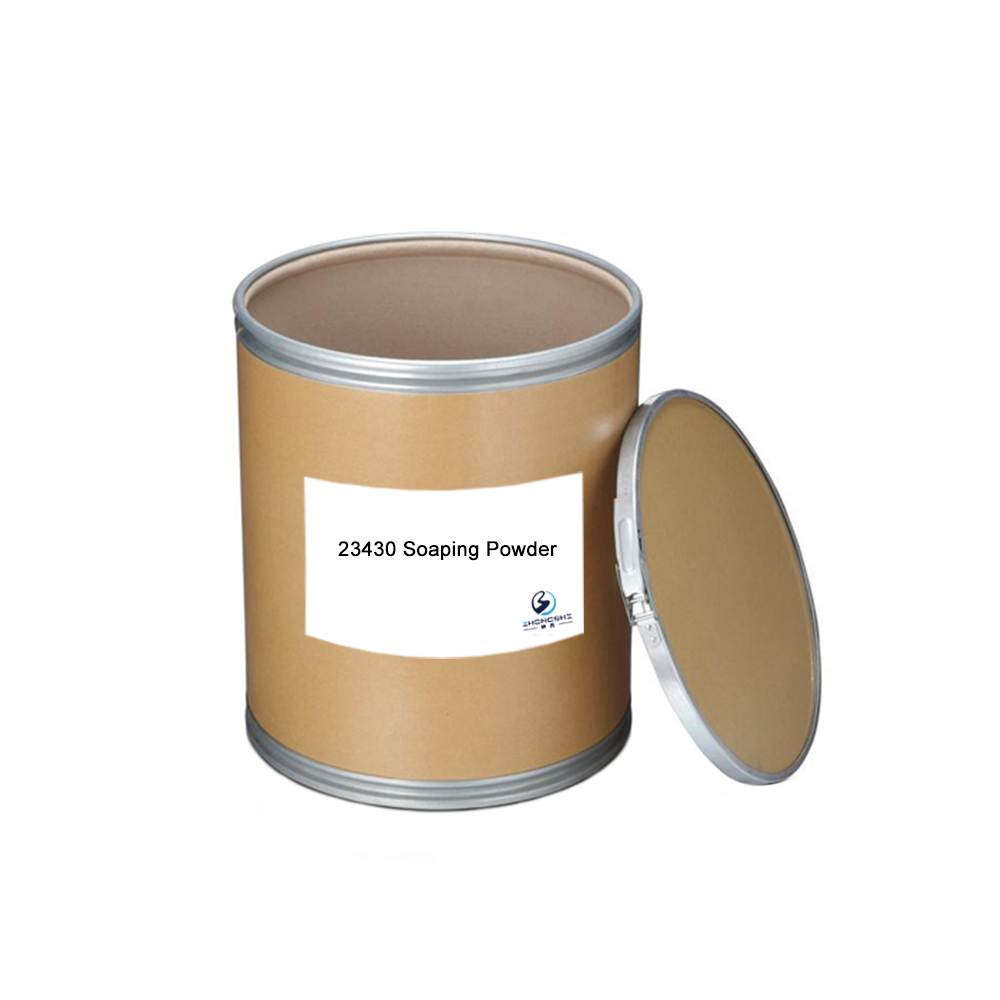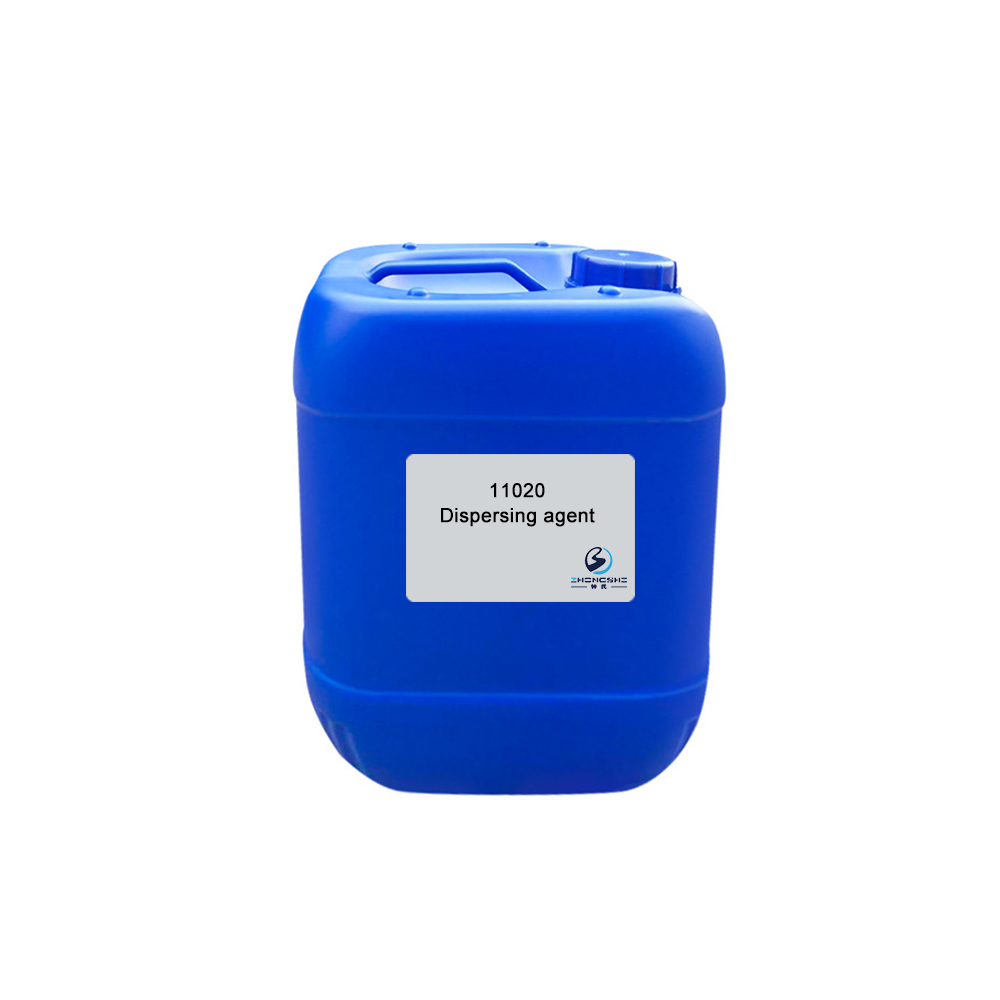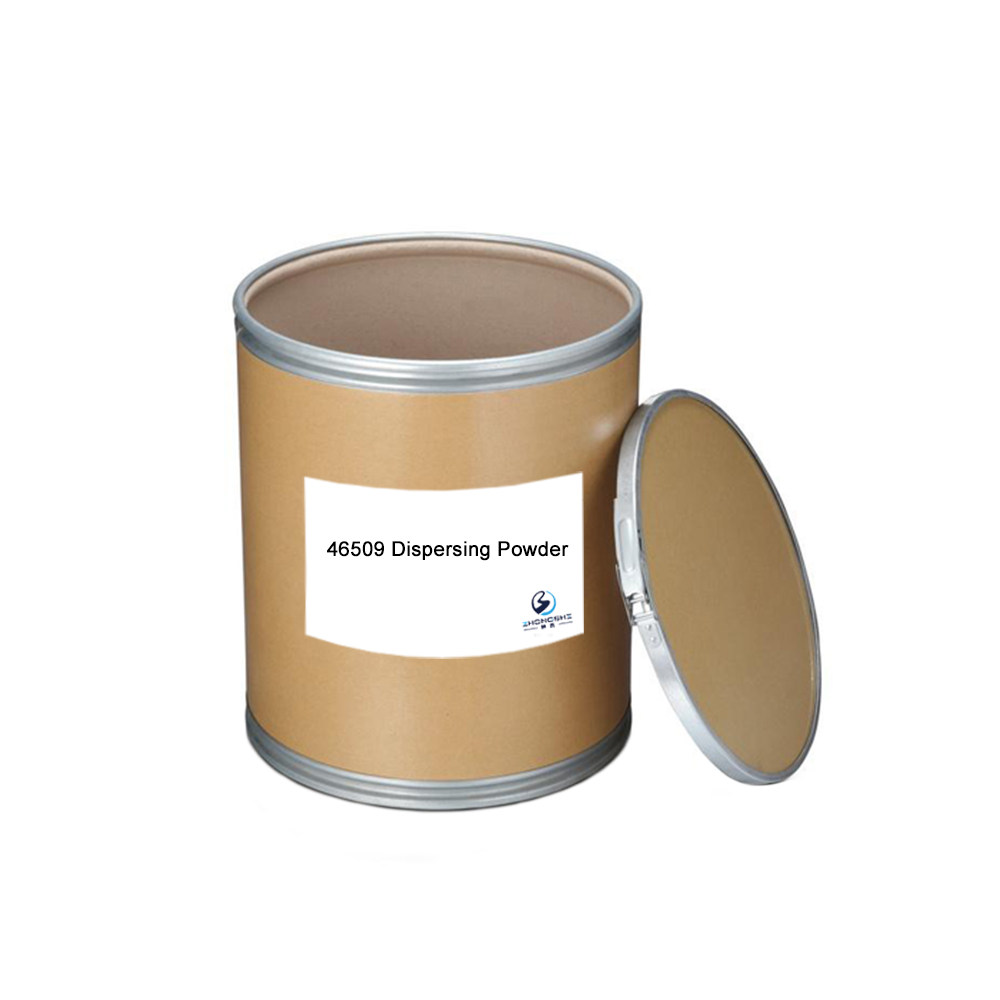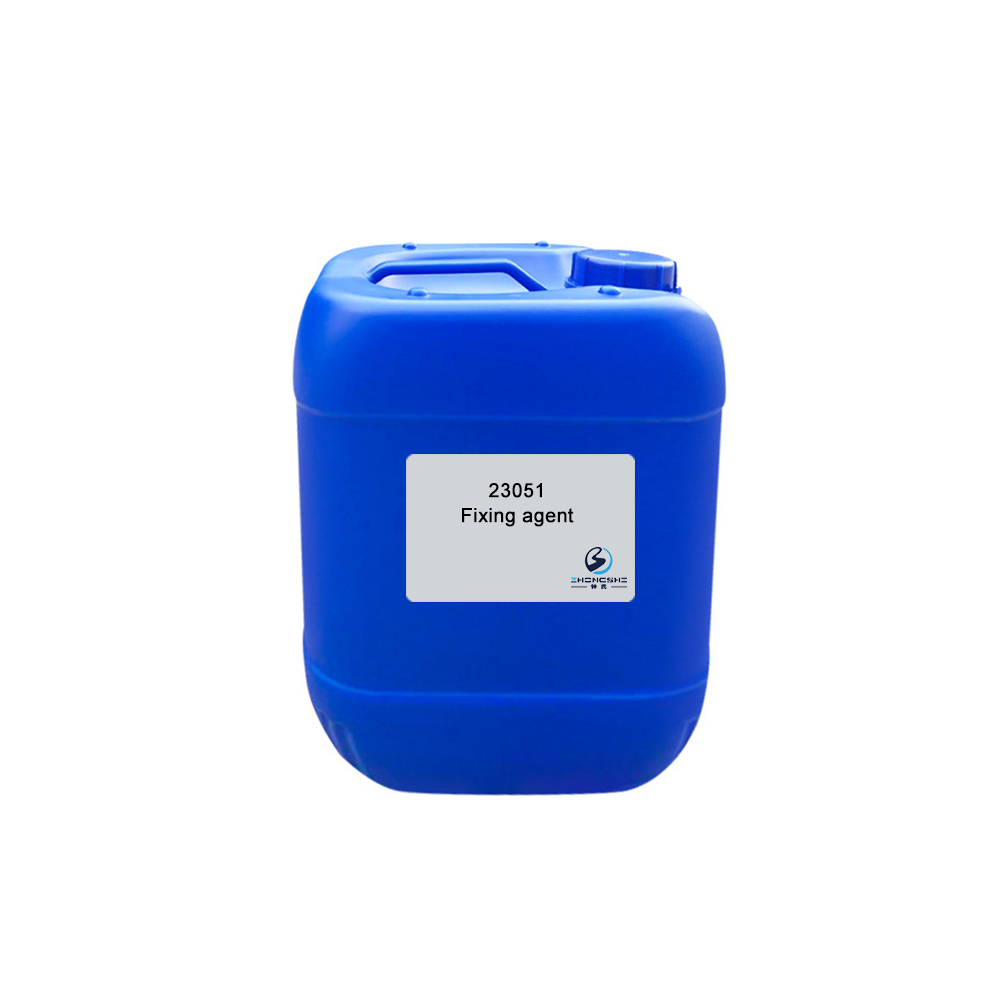23430 Biological Soaping Powder
Features & Benefits
- Contains no phosphorus or APEO, etc. Fits environmental protection requirements.
- Excellent function of dispersing, washing and anti-staining. Can effectively remove surface dyeing and improve color fastness.
- Can disperse the surface dyeing and the dyes in raffinate. Small chroma and low COD of soaping and boiling raffinate. Save 1~2 times water washing.
- High efficiency of soaping. Can reduce one time soaping and boiling for fabrics of dark color, as bright red and black, etc.
Typical Properties
| Appearance: | White granule |
| Ionicity: | Nonionic |
| pH value: | 6.0±1.0 (1% aqueous solution) |
| Solubility: | Soluble in water |
| Application: | Cellulose fibers, as cotton, viscose fiber and flax, etc. and cellulose fiber blends. |
Package
50kg cardboard drum & customized package available for selection
TIPS:
Principles of dyeing
The objective of dyeing is to produce uniform coloration of a substrate usually to match a pre-selected color. The color should be uniform throughout the substrate and be of a solid shade with no unlevelness or change in shade over the whole substrate. There are many factors that will influence the appearance of the final shade, including: texture of the substrate, construction of the substrate (both chemical and physical), pre-treatments applied to the substrate prior to dyeing and post-treatments applied after the dyeing process. The application of color can be achieved by a number of methods, but the most common three methods are exhaust dyeing (batch), continuous (padding) and printing.









